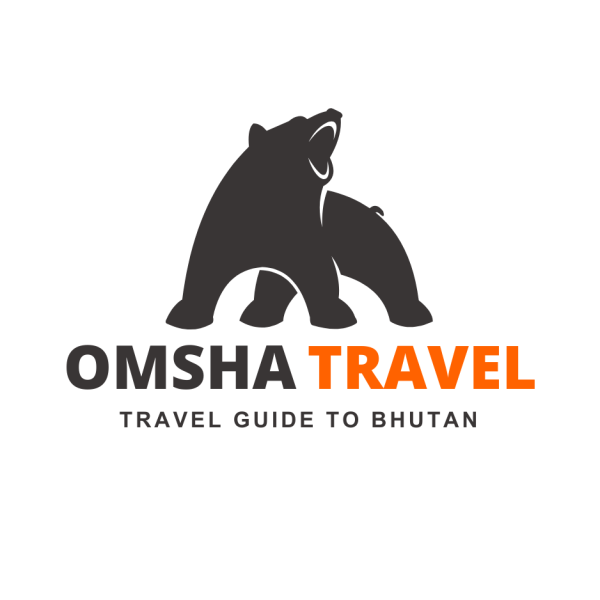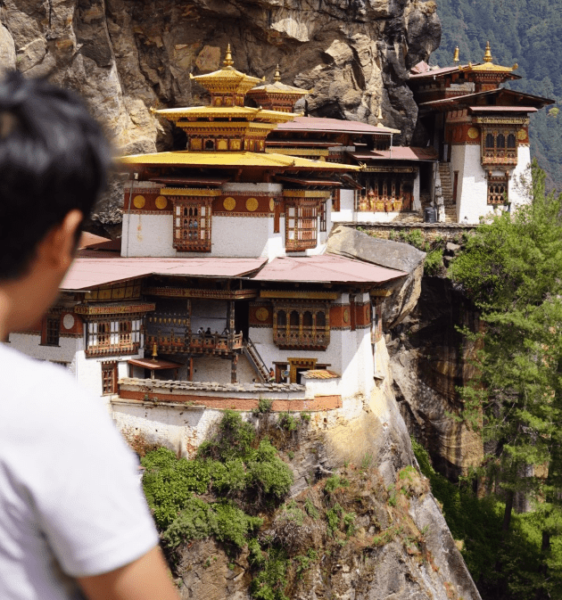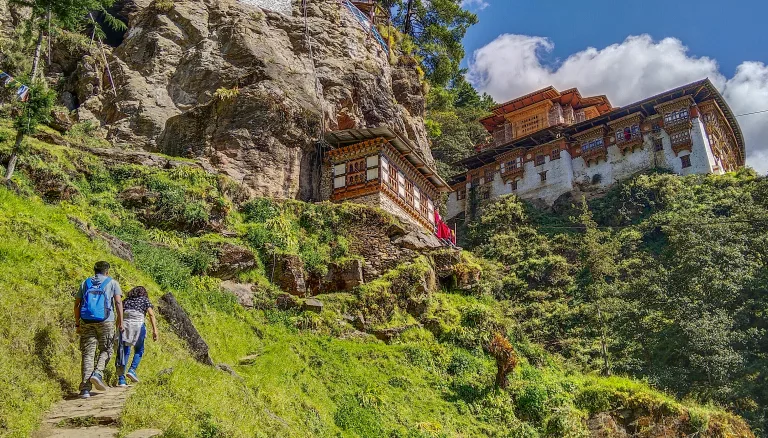If you’re visiting Bhutan, you’re not just stepping into a country—you’re stepping into a living museum of heritage, spirituality, and craftsmanship. One of the best ways to take a piece of this Himalayan kingdom back home is through its thoughtful, handmade souvenirs.
But what should you actually buy? Don’t worry—we’ve got your back with this complete shopper’s checklist!
Why Bhutanese Souvenirs Are Special
Bhutan’s souvenirs are more than just pretty things. Each item reflects a deep cultural story, Buddhist symbolism, and a respect for tradition. They’re sustainably made, often handcrafted, and produced by local artisans who carry on centuries-old skills.
Tips for Ethical Shopping in Bhutan
- Support local artisans: Buy directly from artisan cooperatives.
- Avoid fake imports: Steer clear of souvenirs mass-produced outside Bhutan.
Respect religious items: Don’t use sacred objects for decoration without understanding their purpose.
Traditional Bhutanese Textiles
Handwoven Fabrics (Yathra, Kira, Gho)
These textiles are stunning. The Kira (for women) and Gho (for men) are the national dresses of Bhutan. Yathra, a woolen textile from Bumthang, is especially warm and colorful.
Where to Buy Traditional Textiles
Head to the Textile Museum in Thimphu or shops in Chumey Valley, Bumthang for authentic, handwoven fabrics. You’ll often meet the weavers themselves!
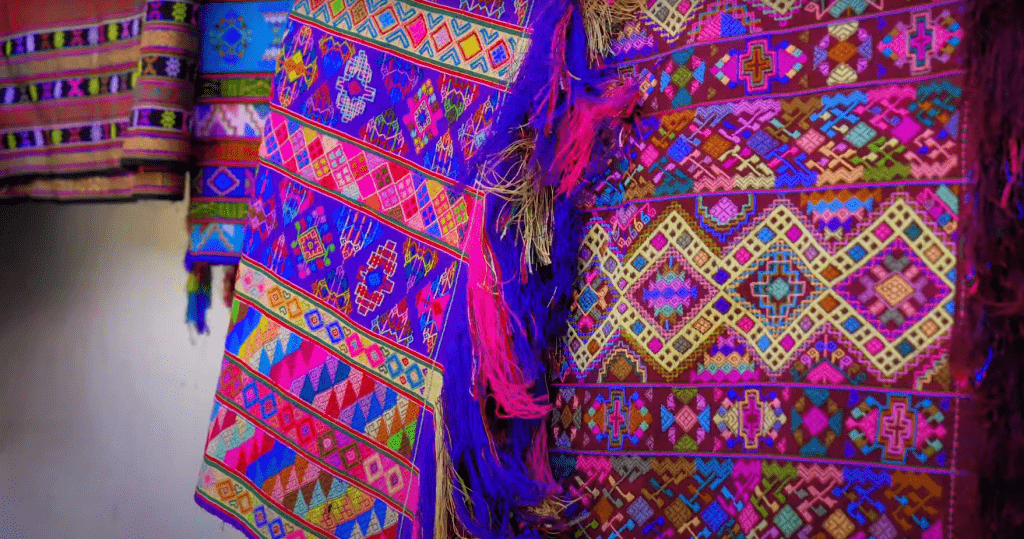
Intricately Carved Wooden Crafts
Traditional Wooden Bowls (Dapas)
Made primarily in the central and eastern regions, these bowls are used in everyday life and special rituals.
Handcrafted Masks
The dramatic wooden masks used in Bhutan’s sacred dances (Cham) are incredible to look at. You can find decorative versions at craft centers.
Bhutanese Handmade Paper Products
Desho Paper and Its Cultural Significance
Made from the bark of the Daphne plant, Desho paper is eco-friendly and traditionally used in religious scripts.
Unique Stationery Items
Notebooks, envelopes, and cards made from Desho are lightweight and perfect gifts.
Local Arts and Thangka Paintings
What Is a Thangka?
A Thangka is a religious painting on cotton or silk, often depicting deities or mandalas. They’re not just artwork—they’re tools for meditation.
Supporting Local Artists
Buy directly from art schools like the Institute for Zorig Chusum in Thimphu or smaller studios.
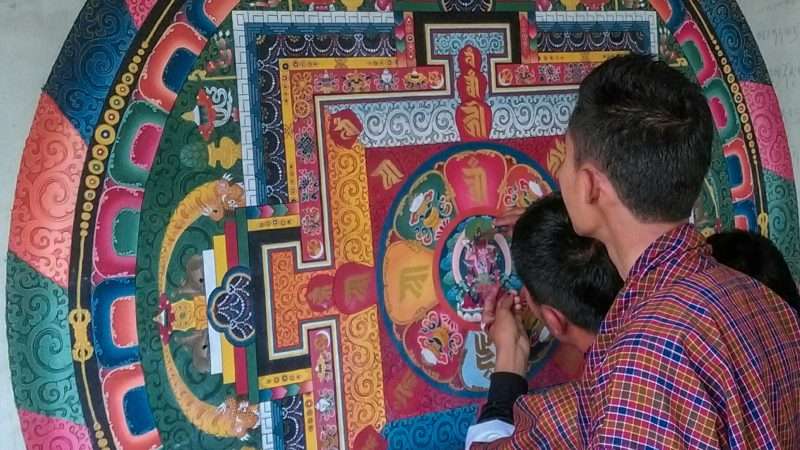
Bhutanese Incense and Aromatics
Traditional Herbal Incense
Made from Himalayan plants and herbs, Bhutanese incense is often used in rituals and meditation.
Where to Find Authentic Incense
Look for incense from Thruesel Incense Factory in Paro or local monasteries for authentic blends.
Prayer Flags and Wheels
What They Represent
Prayer flags are believed to spread blessings with the wind, while prayer wheels amplify mantras through rotation.
How to Use Them Respectfully
Hang prayer flags in open, breezy spaces. Avoid placing them in bathrooms or on the floor.
Jewelry and Ornaments
Silver and Turquoise Jewelry
Bhutanese jewelry often features turquoise, coral, and silver, with intricate Buddhist symbols.
Traditional Earrings and Hair Ornaments
These are worn during festivals and make stunning, meaningful gifts.
Handicrafts from Bumthang and Trashigang
Bamboo Products
Lightweight and durable, bamboo baskets and containers from eastern Bhutan are useful and beautiful.
Cane Crafts
Woven cane mats, hats, and even handbags are available at local artisan markets.
Edible Souvenirs
Bhutanese Red Rice
Nutritious and grown at high altitudes, this red rice is a staple in Bhutanese meals.
Wild Honey and Herbal Teas
Perfect for health-conscious travelers, these come in beautiful packaging too.
Ema Datshi Mix and Dried Chilies
Take home a taste of Bhutan’s spicy national dish with pre-packaged mixes and sun-dried chilies.
Bhutanese Stamps and Currency Collectibles
Why Bhutan’s Stamps Are World-Famous
From 3D stamps to vinyl record stamps, Bhutan’s postal history is quirky and collectible. Visit the Post Office in Thimphu where you can even get a stamp with your photo on it!
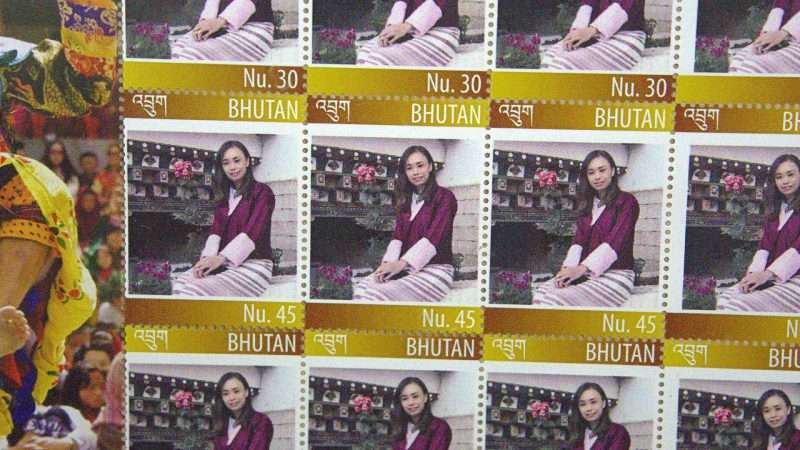
Best Places to Shop in Bhutan
Craft Markets in Thimphu and Paro
Don’t miss the Centenary Farmers Market, Norzin Lam Craft Stalls, and Paro Town’s Main Street.
Authentic Handicraft Stores
- National Handicrafts Emporium (Thimphu)
- Authentic Bhutanese Crafts Bazaar (Thimphu)
Final Shopping Tips for Tourists
Bargaining Etiquette
Mild bargaining is acceptable, especially in street markets—but always be polite.
Customs and Export Rules
Avoid buying antiques or items made from animal parts. Declare valuable items at customs when exiting Bhutan.
Conclusion
Shopping in Bhutan is a soul-satisfying experience. Every piece you buy is a slice of this mystical kingdom—a tangible reminder of your journey through its dzongs, mountains, and monasteries. So, next time you walk into a craft stall or a rural market, you’ll know exactly what to look for!
FAQs
- Can I buy antiques in Bhutan?
No. Exporting antiques is strictly prohibited. Always ask vendors if an item is new or antique. - Are credit cards accepted in souvenir shops?
Most large shops accept cards, but rural areas and markets usually prefer cash. - What is the best region for textile shopping in Bhutan?
Bumthang is famous for Yathra textiles, while Thimphu and Paro offer a wide variety. - Can I ship souvenirs home from Bhutan?
Yes, some stores offer international shipping services, especially in Thimphu and Paro. - What’s a unique Bhutanese souvenir I won’t find elsewhere?
A personalized Bhutanese postage stamp with your photo on it—only available at the Thimphu Post Office!
